What's That Blue Bird
Feeling blue? These birds definitely do, but with their attractive plumage and striking feathers, there is no reason for them to feel down.
Get to know six blue birds you can spot in our green spaces that are sure to uplift your spirit.
Collared Kingfisher
Photo credit: Tok Yin Xin
Easily identified by its bright blue-and-white plumage as well as broad white neck collar, the Collared Kingfisher (Todiramphus chloris) is the most abundant of Singapore’s kingfishers. You can spot it in many of our coastal areas such as East Coast Park and Sungei Buloh Wetland Reserve, as well as along our canals as it has adapted well to our urban greenery.
Its call is variable, but most commonly heard as a series of five to six harsh ‘kip’ notes, described by some as a maniacal laughter! Besides fish, it also feeds on other animals such as insects, worms and crabs. It usually hunts from a perch such as a fence, wire or low tree branch over an open space.
Asian Fairy Bluebird
Photo credit: Francis Yap
The Asian Fairy Bluebird (Irena puella) is an eye-catching bird with its bright blue crown, black, rump and undertail feathers. It also has red eyes. The female bird is slightly duller, with blue feathers and blue-black wings.
While it occurs in southwest and eastern India, southernmost China and mainland Southeast Asia, in Singapore, you may be able to observe it, either singly or in pairs, in the tree canopies or mid-storey in the Bukit Timah and Central Catchment Nature Reserves.
Blue-throated Bee-eater
Photo credit: Nikki Chiang
The Blue-throated Bee-eater (Merops viridis) is a pretty bird with a distinctive combination of a chocolate brown crown, bright blue throat and green plumage with a blue rump and tail. It
breeds in sub-tropical open country like parks, rice fields and farmland but can be frequently seen near large water bodies.
Its main diet includes insects such as wasps and hornets but mostly bees, which are caught in mid-air. After catching its prey, the bird beats the insects on a perch until their exoskeletons are broken. The bird is strongly migratory and can be seen throughout Singapore during the winter months.
Common Kingfisher
Photo credit: Ong Ruici
The Common Kingfisher (Alcedo atthis) can be identified by its small size (measuring about 17 cm in height), turquoise-coloured upperparts and head, orange underparts and white throat. The male has a black bill while the female’s bill is black with an orange lower mandible.
It can be found across much of Eurasia and is a common migrant to Singapore, particularly during the winter months. It usually hunts from an elevated perch such as a low tree branch over a waterbody, bobbing its head and diving into fresh and brackish water ponds. Look for it around all types of water bodies such as streams, canals, reservoir edges, ponds and mangroves. Its call is a high-pitched ‘tseep’.
Blue-tailed Bee-eater
Photo credit: Francis Yap
The Blue-tailed Bee-eater (Merops philippinus) has a black mask that contrasts sharply with its orange throat. It has a yellow-brown crown, nape and back, as well as bluish wings and tail and underparts that are light green with a light blue vent.
A migratory species that is commonly encountered in urban areas, this bird generally favours wooden habitats with tall trees that are used as hunting perches. You may even find it on top of antennae on buildings!
Blue-winged Pitta
Photo credit: Mendis Tan
Another winter visitor and passage migrant, the Blue-winged Pitta (Pitta moluccensis) breeds in South China and continental Southeast Asia to Northern Peninsular Malaysia. Measuring about 20 cm, the adult bird has a blackish head with a black eye stripe, white throat and a small blackish chin patch below its black bill. While it has green upperparts and violet-blue upperwing coverts, it has plain buff underparts.
It can be found at the freshwater pond area or the visitor centre area of Sungei Buloh Wetland Reserve, where it hops and forages among leaf litter in the undergrowth. It may also be spotted foraging in the quiet wooded areas of our large gardens and nature parks.
A Balanced Ecosystem
Singapore is home to a large variety of animal and plant species, which can be found in their natural habitats. Be it dry land tropical rainforests, mangroves or coral ecosystems, there is a rich biodiversity to be found in our City in Nature.
You can help to keep the ecosystems in balance and interact responsibly with nature by:
- Not feeding wildlife
- Keeping food and plastic bags out of sight from wildlife
- Observing wildlife from a safe distance
- Take only photo memories and leave the flora and fauna be
Learning More
How well do you know the commonly misidentified black birds in Singapore? Find out here. How about identifying the common brown birds? Find out here.
Want to learn more on identifying garden birds? Learn more about our local common birds from the comfort of your home through our interactive e-learning module, accessible via Internet Explorer or Mozilla Firefox browser.
To ensure the well-being of our biodiversity, visitors to our nature parks and reserves should adhere strictly to the opening hours of 7 am to 7 pm. Disturbances to the nocturnal animals’ activities could mean disruptions to their natural behaviour, which can include them venturing outside the nature parks and reserves. This will endanger both their own safety and that of the general public.
Learn how to enjoy nature responsibly by observing some simple practices. In addition to the wildlife in Singapore, learn more about our Urban Biodiversity.
Visit NParksSG, our YouTube Channel that serves as a one-stop repository for more than 500 video resources. It also provides you a platform for existing and future digital outreach including DIY gardening and related crafts, virtual tours of our green spaces, and livestream events.
Interested to learn about the flora and fauna found in Singapore? Visit NParks Flora & Fauna Web here.
If you like what you read, follow us on Facebook, Instagram and Telegram to get the latest updates.
Text compiled by Felix Siew


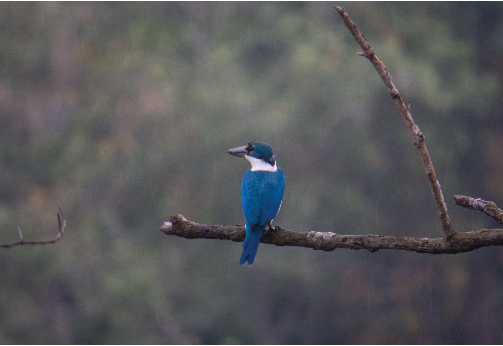
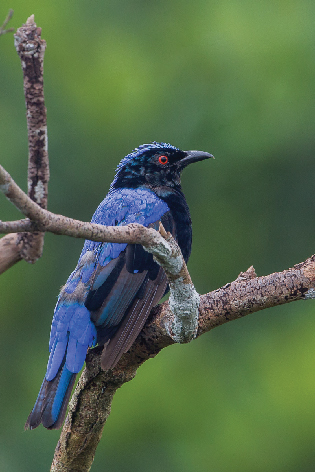
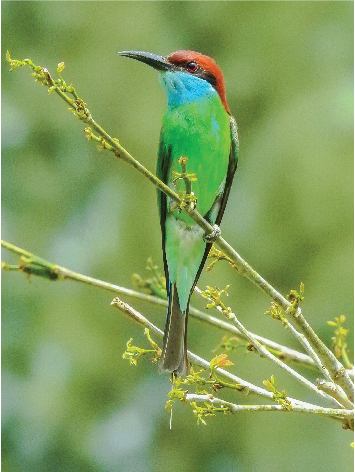
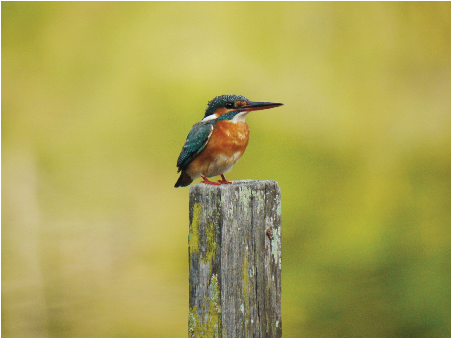
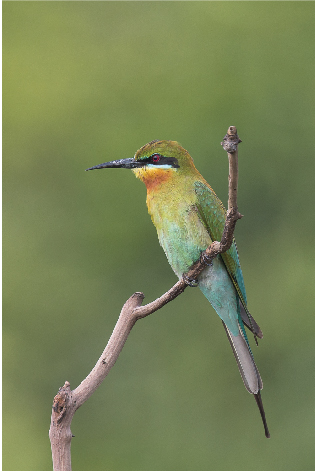
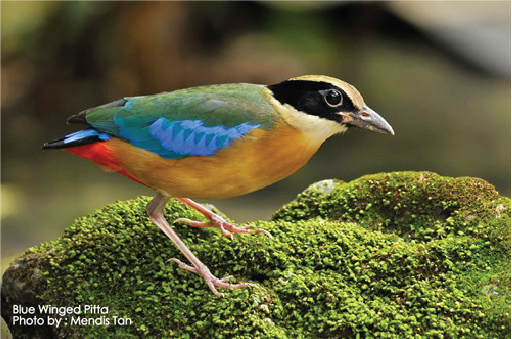
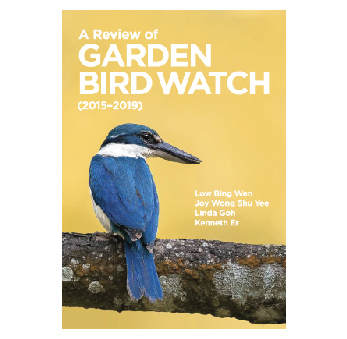
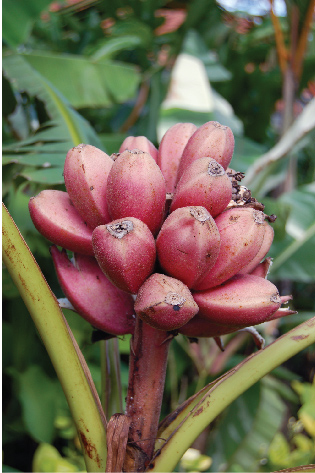
Have views or comments on this article? Let us know via this form. If you would like to give us feedback on any other areas relating to our parks and gardens, please submit via https://www.nparks.gov.sg/feedback